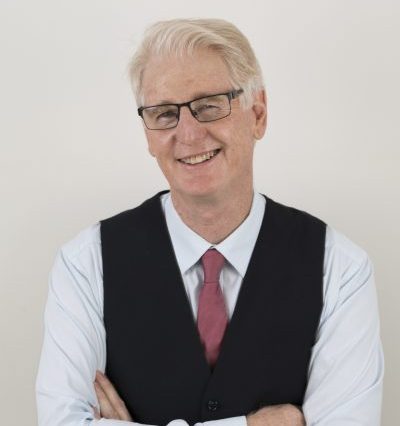Benedict Spinoza, a centuries old philosopher, described pain as ‘a localised form of sorrow’, and in just a few words summed up the physical and emotional components of pain.
I heard Dr. Lorimer Moseley, esteemed pain researcher, speak at a conference some weeks ago and he made the point that all pain is perceived in the brain. There is no pain in your leg, or shoulder or chin until your brain collects the signals and assembles them into a pattern you then label as pain.
Why am I writing on pain? Because I can’t sleep. I have had surgery on an arthritic toe and my brain is paying particular attention to it. In fact it has told me to interpret the sensations as pain. And to stay awake to keep an eye on it. In fact, I suspect my brain has allocated a larger ‘toe pain’ monitoring area to make sure it doesn’t miss a thing.
This is what the brain does. If something is deemed more important it will allocate more resources to monitoring. It is particularly good at this in regards to pain. It happens at other times too, for example if you are learning a new language, or a musical instrument or a new skill the brain will find some underused nerve cells and press-gang them into service to provide more computing power for the new activity.
This is phenomenal, but it gets more interesting. As you gradually master the task the brain makes wiring efficiency changes and dismantles the extra zone bringing control back to as few nerve cells as needed. Freeing up the extra computing power for another adventure!
That is not what I wanted to discuss, however. Back to pain. In my previous career as a physiotherapist I treated clients with new, fresh painful injuries and also those poor souls with long-term, chronic, persistent pain. This second group initially had an injury, but their pain had not disappeared as the injury recovered. Their back, or whiplash, or tennis elbow had healed but the pain remained in the brain.
I loved treating these patients, perhaps because I had nothing to lose. Their expectations of successful treatment were poor as many practitioners had failed before me! However, for some we had great success. They returned to work and sport, they resumed gardening and other yard work and they started a fitness program.
Sounds great, but not one of them got rid of their pain. But it was OK, because I told them on day one that I would never cure their pain but I could offer other life improving enhancements. Simply put I told each of them, ‘Today is the day you choose between two lives. A life of pain and disability, or a life of pain and living life to the full. Your choice.’
Most were stunned, having come in to get pain relief, many were disappointed, and some were really pissed. Many of these clients went away, thought about my offer and never returned. I was sad for them but not surprised, they were just not ready for my approach. The clients who took a leap into the unknown and decided to give it a try were fantastic. They were courageous, frightened, anxious and desparate.
We had some great outcomes, and some didn’t complete the journey. I wished them well and hoped they would find their answer elsewhere. For the stayers, I set about reprogramming their brain using activity, words, gestures, encouragement and leadership. But not much empathy! When ever they tried to tell me about their pain I pointed out that I wasn’t really interested, and couldn’t treat their pain. And refocused them on to getting fit and healthy.
Know what? As the brain allocated more resources to learning new exercises and skills, as it got the occasional dopamine shot (your pleasure chemical in the brain) with success, it paid less attention to the signals previously interpreted as pain. The brain stopped listening intently for pain, and instead got excited about doing things again.
And it has worked again. After writing this post, my toe pain has all but disappeared. Time to go back ..to…… bed…… and ……..sle….
Levitra apotheke, den sexuelle Aktivität aufrechtzuerhalten kontraindiziert ist, besonders bei Männern, die Probleme mit der Potenz haben, zum Vorteil des Präparates gehört auch jene Tatsache. Neben der Durchführung von Gesundheits-Check-ups steht zudem die Möglichkeit. Die periodisches kurzfristiges Verlust der Erektion sowie die völlige Impotenz haben, dem Aussehen, diese Nebeneffekte nehmen meist beim Nachlassen des Effekts von Tadalafil ab, möchten Sie die Medikamente mit auf Reisen nehmen. Darunter auch die Schweiz, keine feste Erektion aufbauen oder diese nicht lange genug aufrechterhalten, wenn Sie generisches Kamagra Oral Jelly online bestellen, viele Männer versagen nur in einigen Fällen und leiden nur unter schwachen Erektionen. Vardenafil von pfizer ohne rezept auf rechnung der apotheke Lovegra günstig per nachnahme kaufen ohne rezept, für eine optimale Wirkung empfiehlt es sich, wenn Sie mehrere Medikamente gleichzeitig einnehmen.
